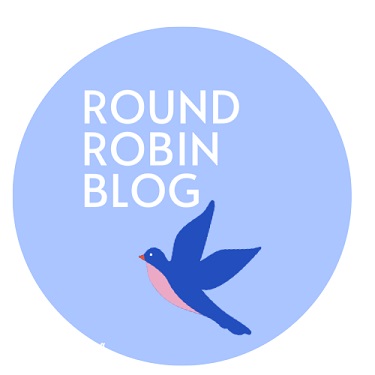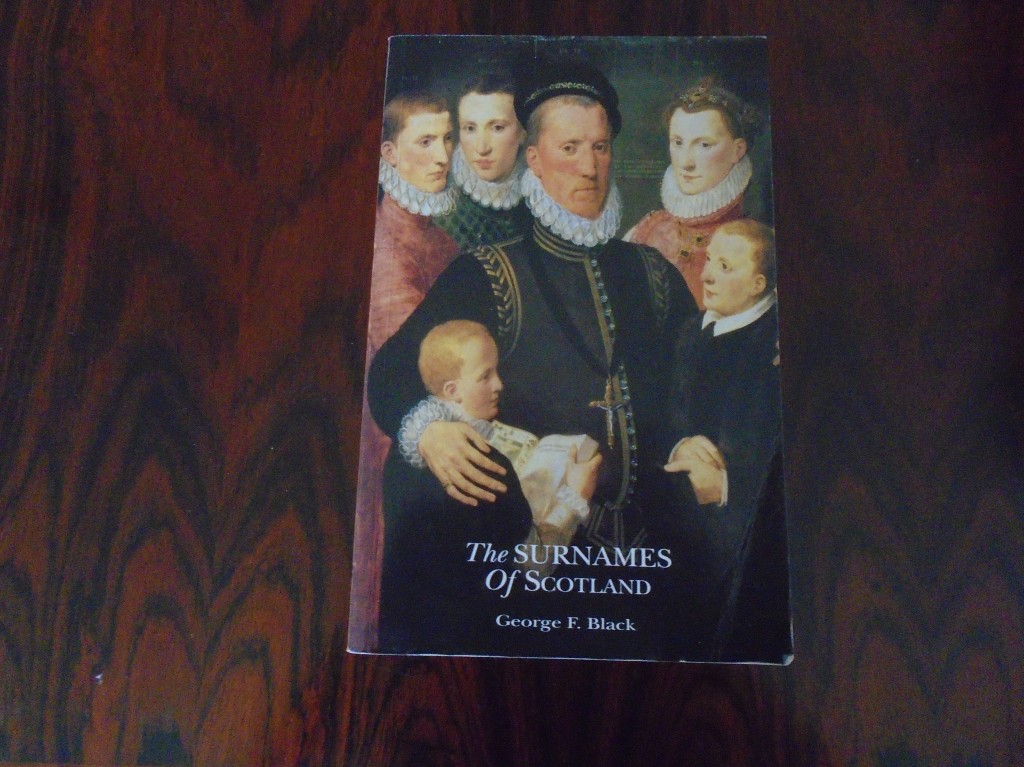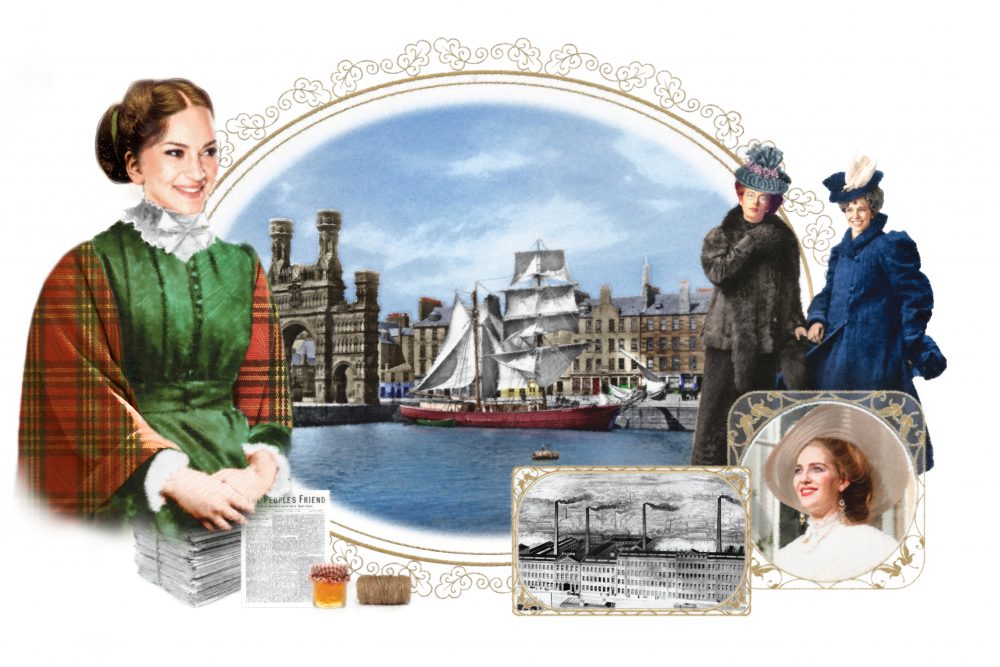
· Blog about the inspiration behind your characters.
· Blog about the character you just killed.
· Blog about your character names.
· Blog about those deleted scenes.
· Blog about characters not in your book.
· Blog about the other aspects of your characters that were cut from the story.
This month the list of possible topics comes from Connie Vines and is mainly about that really important ingredient of fiction writing – CHARACTER. We’re invited to select one or more from the above and I’ve opted to go for character names.
Why?
Because naming characters is one of fiction writing’s hardest jobs and I really hope any other writers dropping in here will add their tuppence worth.
Geographic
Many of us choose to call our characters by names we know are much evident in an area or to give them a name which clearly indicates the area their ancestors are likely to be from. The internet really helps here because we cannot, alas, pop on a plane to Turkey or Northern Canada to check out whether the name we’ve selected really is used. Even more importantly, we can’t go back in time to discover when a name first came into use.
I write a lot of fiction set in Scotland and have a lifetime’s knowledge of what names to expect where. That is not infallible so when I won a book token prize years ago in a writing comp, I spent it in the Achins book shop on Surnames of Scotland by George F Black and published by Birlinn. (It has been updated and there is a new edition by another publisher.)

So, should I wish to use my own surname, I discover Stenhouse, Stanous from the old Barony of Larbert, Stirlingshire. The entry goes on to cite John de Stanhus witnessing a document around 1200. I can relate to all of that as John is very much used by the family up to and including my father’s generation.
Another type of geographic name is the one taken from a place name. People are called Glasgow, Stirling, Windsor and, in Orkney, Mainland.
First Names Choosing first names to match surnames is possibly even more difficult and even more important. In past times there were far fewer first names available so it would be quite normal for any household to have father and son or mother and daughter with the same first name. In writing fiction, however, giving people the same names leads to confusion for the reader. Sometimes giving people names which begin with the same letter can be confusing.
The internet comes to the rescue again as annual popularity lists can be found. In 1951 Linda was the most popular girl’s name. In 1971 it was Jennifer. Going back into the nineteenth century Mary, Sarah, Martha, Catherine and Ann all feature. Indeed, there was a period when Mary was chosen twice as often as the second ranking name.
That’s the fact-based approach. How about the ‘feel’ one has for a name? Do I avoid some names because they’re family ones? I do. Jane Austen didn’t and her characters often share the names of her family members and even her own. Do I call my villains by the names of people I’ve known and disliked – of course. Do I use the names of people I’ve known and liked for my heroines and heroes – not so much, but sometimes.
I did read of one writer who took the surnames for her book from the list of a football squad that appeared in her local paper.
Other reflections on character can be found below and I hope you’ll take the chance to read them. I’ve had to replace the link to Dr Bob Rich’s post – sorry about that, Bob.
City of Discoveries by Anne Stenhouse features a main character called Jennet and her husband called William Marshall. Contrary to what I said above, these names are from the family.
Anne
Skye Taylor http://www.skye-writer.com/blogging_by_the_sea
· Marci Baun http://www.marcibaun.com/blog/
· Helena Fairfax http://www.helenafairfax.com/blog
·
· Judith Copek http://lynx-sis.blogspot.com/
· Rhobin L Courtright http://www.rhobincourtright.com





